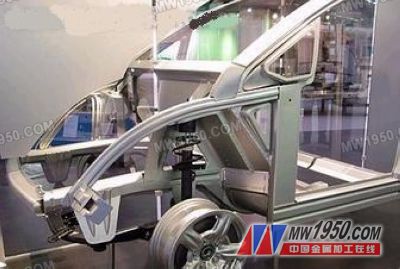In the mid-1990s, BMW used the laser welding robot to complete the first weld of the BMW 5 Series sedan with a total weld length of 12 m. By July 2003, the total length of laser welded welds had reached 1.5 million meters. “Seifeli†(German Opel) B, C, D columns are laser welded from hydroformed materials . The medium that produces the laser is an extremely thin reflective sheet that is between a few percent and a few hundredths of a micron. The pulsed laser beam is refracted multiple times by a compact refractor system and finally exits through the crystal. Although the thickness of the reflection sheet is small, the reflection ability is extremely high and the total efficiency is also high. According to Mr. Hügel, this laser technology combines the advantages of CO2 laser technology with Nd:YAG solid-state laser technology to open up more new applications in the future. Next page Sulphur Yellow GC Sulphur Yellow GC Sulphur Yellow 2,Dyestuffs Sulphur Yellow Gc,Sulphur Red Brown Dyes,Sulphur Orange Dyes FORING IMPORT & EXPORT CO.,LTD , http://www.foringfor.cn
The result of laser technology competition is to strengthen its application in the automotive industry. According to Christian Elsner, head of the welding (equipment and parts) technical group at Daimler Chrysler, the main application areas for laser welding are the welding of automotive transmission systems and automotive frames. Laser welding has not been fully utilized for a long time, and new laser welding power supplies and higher power have made laser welding crowded into the "territory" that has long been occupied by traditional welding technology.
The reason why laser technology has been widely used in the automotive industry is inseparable from the labor of the scientific and technological workers in the institute. Daimler Chrysler's Institute of Production Technology and Materials Technology intends to further strengthen its close cooperation with the Institute of Physics in the future to enable better sensor results in the welding process. The closer the cooperation between industrial control system manufacturing enterprises, industrial control system application enterprises and scientific research institutions, the more effective the results of cooperation.
New laser welding solution
At present, some research institutions and industrial enterprises are developing new laser welding solutions. A new transistor pulsed Dieben laser (Diodengepumpte Scheibenlaser) is one such example. The Stuttgart Laser Tools Institute (IFSW) pointed out that the new Shaben laser technology is a new transistor solid-state laser technology solution with high laser efficiency and good laser focusing performance. 
The body-in-white has a 24% weight reduction while maintaining the same crash safety and durability as the current model.
The use of laser welding is growing, and the Touran sedan from VW in Germany is a good example. In this new car, the number of laser welds reached 1400 and the total length of the welds reached 70m. In the production of comfortable and beautiful open-top cars, VW's technicians collaborated with Austrian welding specialist Fronius to develop a laser hybrid welding technology. On the doors of the premium open-top sedan, the length of the laser hybrid weld is 3570mm, which is three times the length of the pure laser weld.
Laser hybrid welding technology
VW's material experts believe that the use of laser hybrid welding technology can greatly improve the gap connection of sheet metal parts compared with pure laser welding technology. This allows VW to more fully utilize the process stability of arc welding during high speed laser welding. Another application example is the aluminum alloy baffle of the BMW 5 Series BMW sedan which is welded to the aluminum alloy bracket of the internal high pressure deformation process using this laser hybrid welding technique.
Laser hybrid welding technology offers significant advantages over various laser welding techniques used alone. For laser mixing, the advantages are mainly reflected in: greater penetration of the weld / larger gap; better toughness of the weld, the influence of the addition of auxiliary materials on the weld lattice structure; the back of the weld without burning Drooping phenomenon; wider application; less investment with laser replacement technology. For laser MIG inert gas shielded welding, the advantages are mainly reflected in: higher welding speed; large welding depth; less welding heat generated; high weld strength; small weld width; small weld projection. Therefore, the production process of the whole system is stable and the equipment availability is good; the welding preparation workload and the welding work after welding are small; the welding production has short working hours, low cost and high production efficiency; and has good optical equipment configuration performance. .
However, the investment cost of laser hybrid welding in power supply equipment is relatively high. As the market expands further, the price of power supply equipment will also decrease, and laser hybrid welding technology will be applied in more fields. At least laser hybrid welding technology is a very suitable welding process in the welding of aluminum alloy materials, and will become the main welding production tool in a long period of time.
deep green light yellow to dark red light yellow. Brown powder. Insoluble in water: in sodium sulfide solution for yellow brown solution; In concentrated sulfuric acid partly dissolved, dilution after Yellow Sulfur precipitation. Dyeing content in alkaline insurance powder in a slight change: in sodium hypochlorite in almost all fade; Join concentrated sulfuric acid into dark orange.